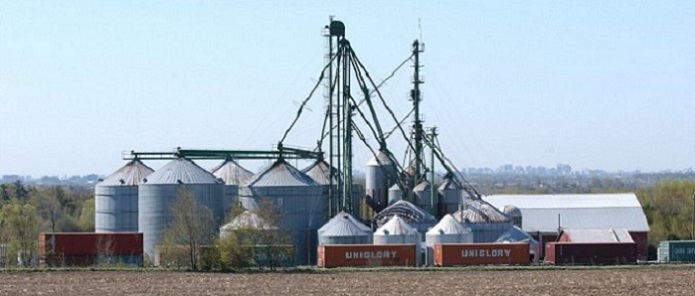The agricultural system
What you need to know about the agricultural system approach in the Greater Golden Horseshoe and across Ontario.

The agricultural system approach, unique in North America, supports both the protection of farmland and the viability of the agri-food sector.
An Agricultural System is comprised of two components:
- An agricultural land base consisting of prime agricultural areas, including specialty crop areas, and rural lands that together create a continuous productive land base for agriculture.
- An agri-food network that includes infrastructure, services and assets, important to the viability of the agri-food sector.
In the Greater Golden Horseshoe
- The four provincial plans (Greenbelt Plan, A Place to Grow: Growth Plan for the Greater Golden Horseshoe, Niagara Escarpment Plan and Oak Ridges Moraine Conservation Plan) require the implementation of an agricultural system approach, including recognition of the agri-food network. See details in the Implementation Procedures for the Agricultural System in Ontario's Greater Golden Horseshoe.
- OMAFRA identified the agricultural land base consistently across the Greater Golden Horseshoe. Municipalities are now refining this mapping before incorporating it into their official plans.
Outside the Greater Golden Horseshoe
- The Provincial Policy Statement (PPS) encourages planning authorities to use an agricultural system approach as a best practice to support a thriving agri-food sector. To do this, a continuous land base for agriculture (i.e., prime agricultural areas and rural lands in agriculture) would be identified, as well as elements of the agri-food network.
- The approach outside the Greater Golden Horseshoe is more flexible than within the Greater Golden Horseshoe.
Official plan policies
- Whether within or outside the Greater Golden Horseshoe (GGH), official plan maps/schedules and corresponding policies would be used to implement the agricultural system.
- Within the Greater Golden Horseshoe, the Implementation Procedures for the Agricultural System in Ontario's Greater Golden Horseshoe (Section 3.3.4) identify what official plan policies need to address.
- Outside the GGH, these same types of policies could be used, but there is more flexibility.
Economic development
- The agricultural system approach inter-connects land use planning and economic development. For example,
- Agri-food impacts are considered when municipal decisions are made on roads, bridges and future growth areas.
- The infrastructure and servicing needs of the agri-food sector are addressed.
- Gaps and opportunities are identified for the agri-food network.
- Agri-food economic strategies are developed.
- Many tools and resources are available:
- OMAFRA's Agriculture and Rural Economic Development Advisors are available to support economic development initiatives.
Updated: March 26, 2025
Published: May 17, 2022